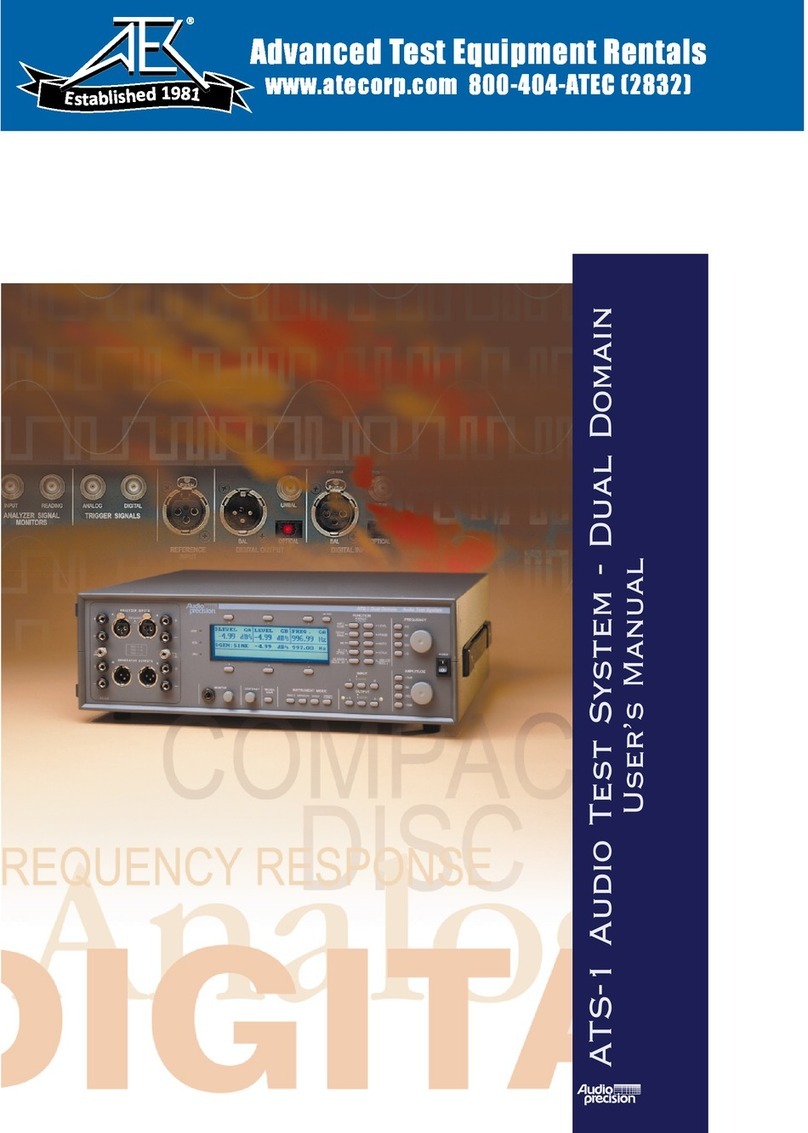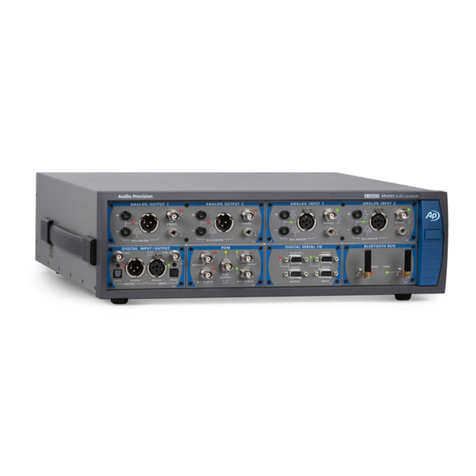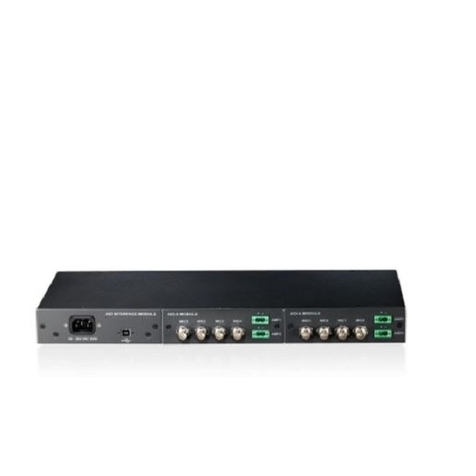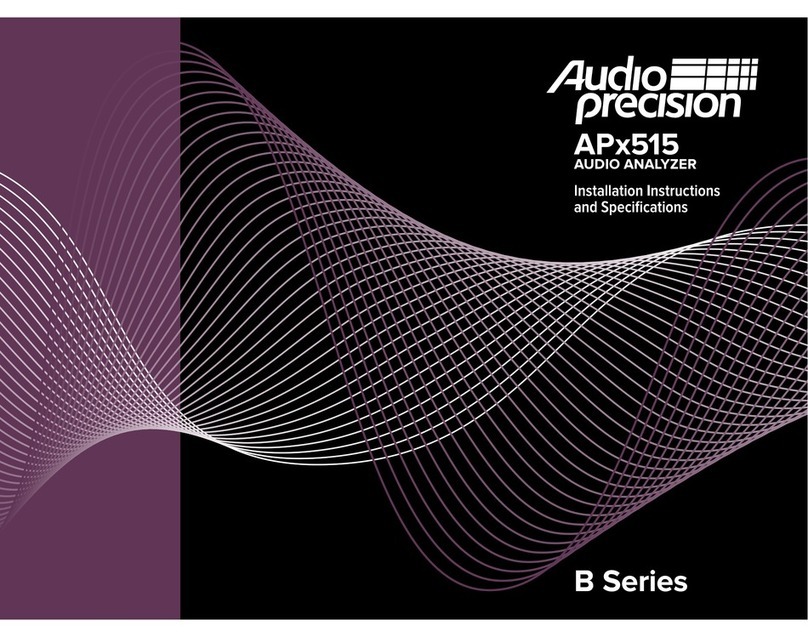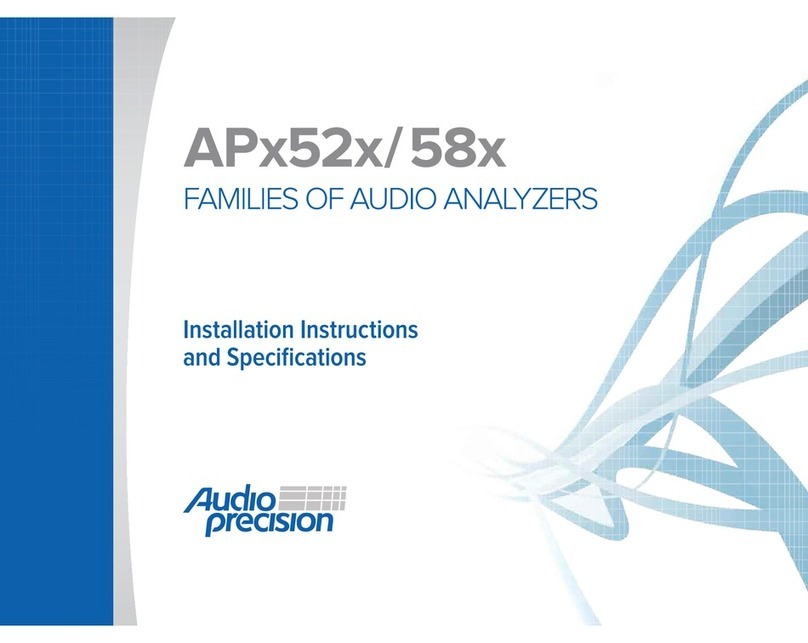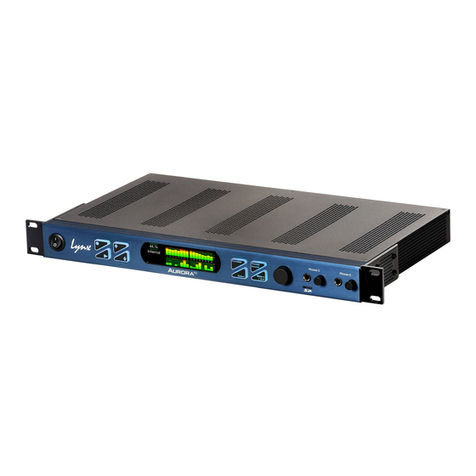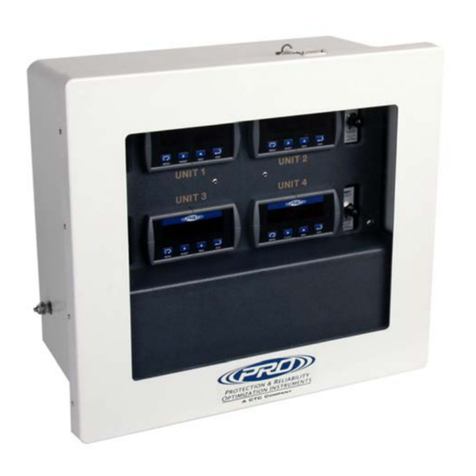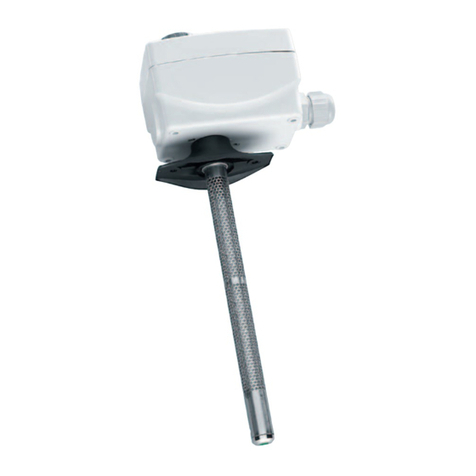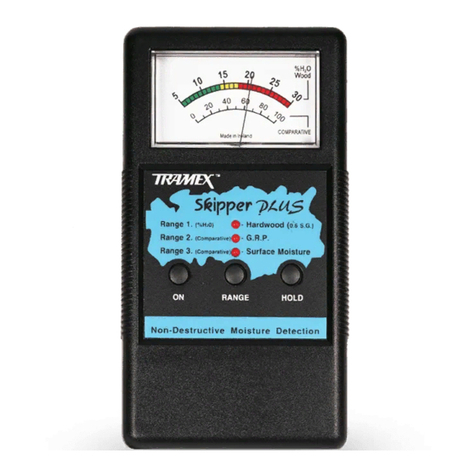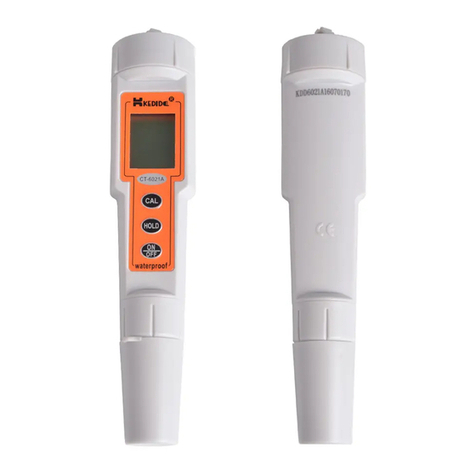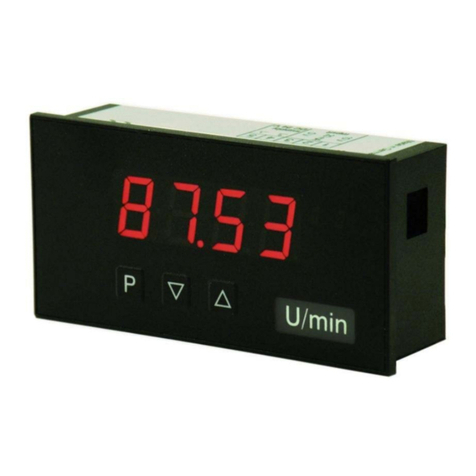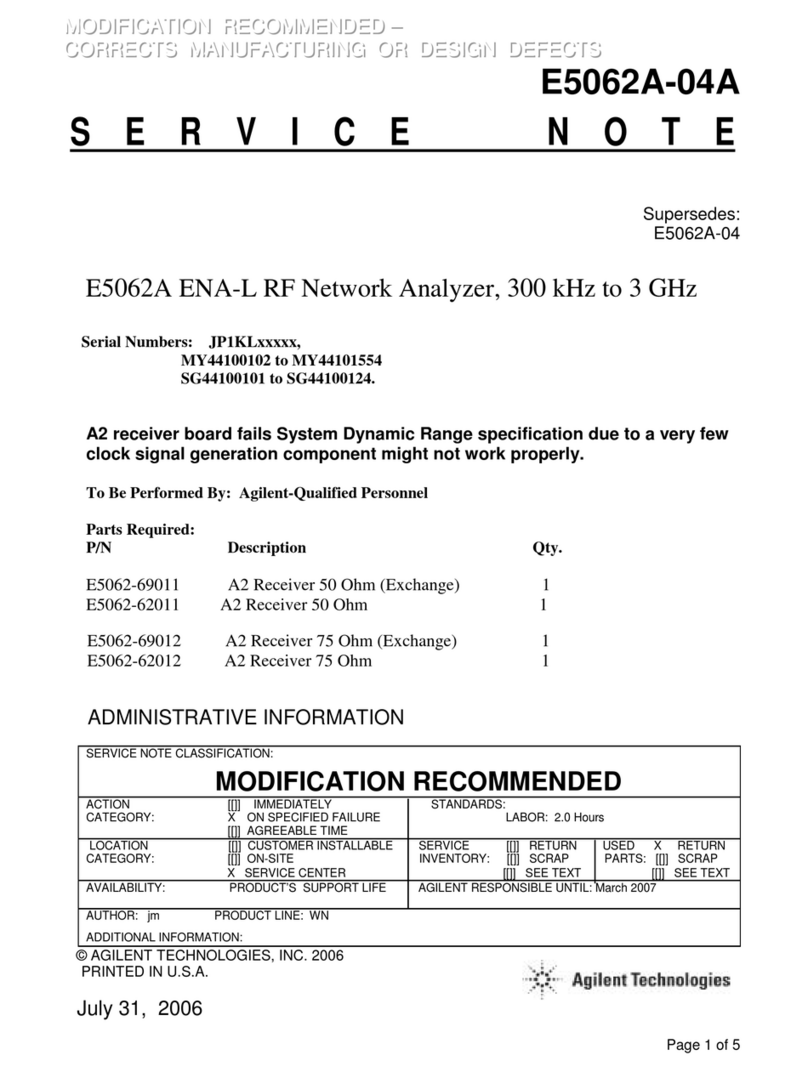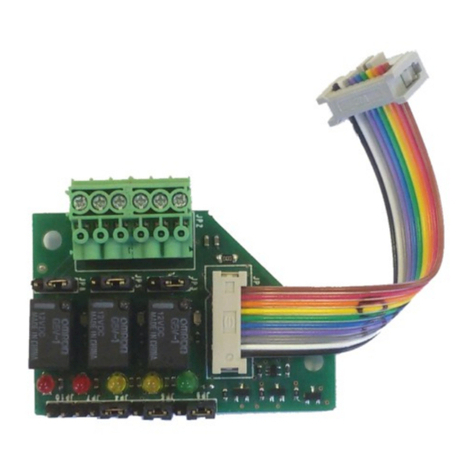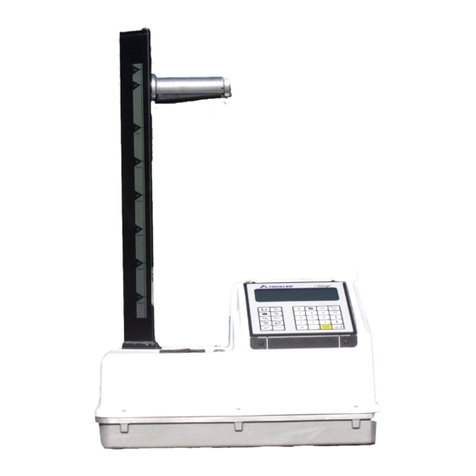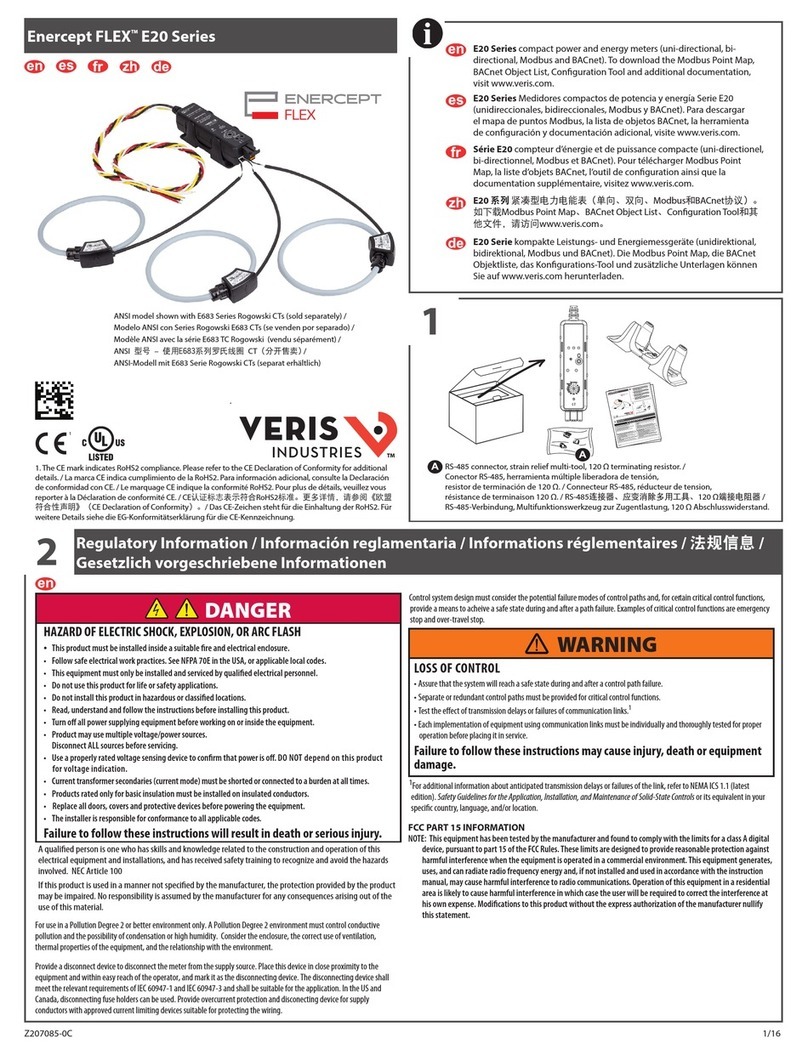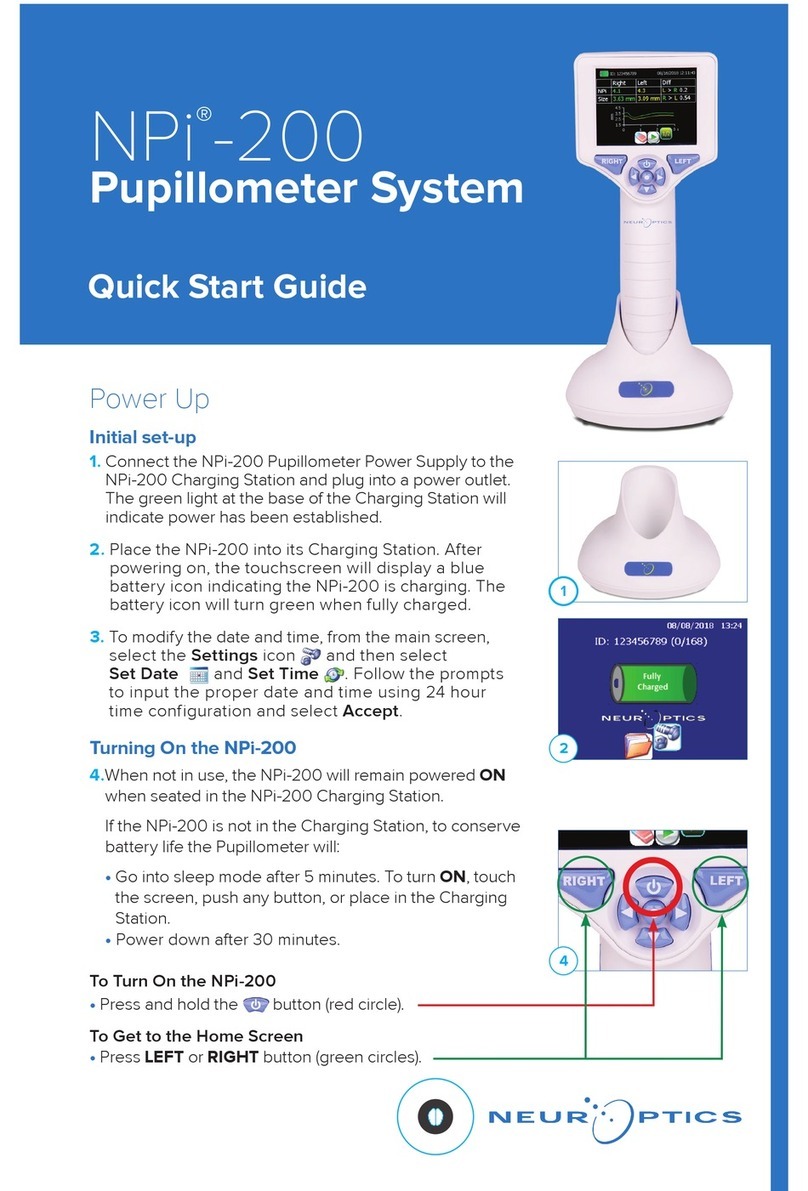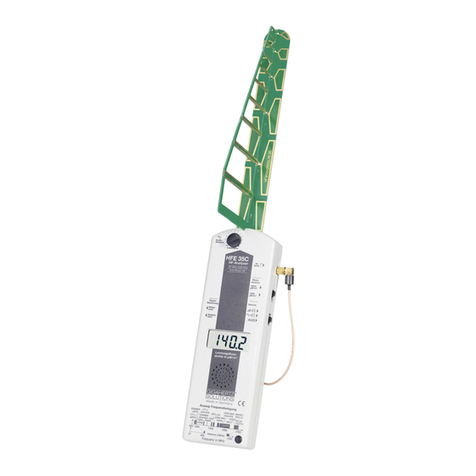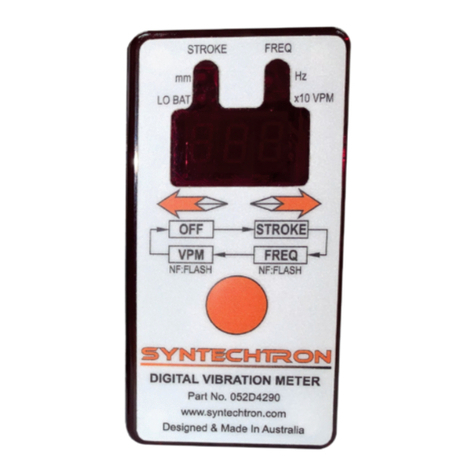Chapter 2: Installation
APx555 Audio Analyzer: Installation 3
USB ports directly connected to the PC mother-
board, typically at the rear of the PC.
Connect the instrument mains power cord to the instrument
and to a source of ac mains power. See Connecting your
instrument to the electrical mains supply below for more
information about mains connections.
Turn the instrument ON by pressing the pushbutton on the
front of the instrument. Microsoft Windows will detect the
presence of the instrument on the USB and will open the
Hardware Update Wizard to search for the correct software
driver. Select “Install the software automatically.” Win-
dows will find the Audio Precision driver software installed
with APx500 and connect to the instrument.
Launch APx500 by double-clicking on the installed short-
cut. With the instrument connected, you may be asked to
update the instrument firmware during the first launch of
the measurement software. APx500 will start, and in a short
time you will be presented with the opening screen. Refer to
the APx500 User’s Manual for more information about
making measurements.
A copy of the APx500 User’s Manual is included
with your instrument. The manual is also avail-
able as a PDF on the APx500 Application Disc
and online at ap.com.
Connecting your instrument to the electrical
mains supply
The APx500 series instrument must be connected to a 50–
60 Hz alternating current (ac) electrical mains supply. The
minimum voltage is 90 Vac; maximum voltage is 264 Vac.
The instrument is fitted with a universal power supply that
does not require voltage configuration or change of fuse
type to accept mains voltages within the specified range.
For all rated voltages, use two mains fuses of type 2A T/SB
(5 x20 mm) 250 V.
Removing and installing mains fuses
To remove the mains fuse carrier module, refer to the fig-
ures below and proceed as follows:
Power entry module Fuse carrier removal
Remove the mains power supply cord from the connector
on the power entry module, located on the instrument rear
panel. The mains fuse carrier module is part of the power
entry module, to the right of the power cord connector.
Insert a small screwdriver into the power cord connector
area, reaching into the slot on the mains fuse carrier mod-
ule. Pry the module out slightly, until you can grasp the
module firmly with your fingers. Pull the fuse carrier mod-
ule out of the power entry module. The two mains fuses are
loosely mounted within the fuse carrier module; take care
not to let them fall.
Replace the fuses if necessary, using fuses as described
below. Carefully reinsert the fuse carrier module into the
power entry module, and press it firmly into place.
Connect the power cord from a mains power outlet to the
power cord connector on the instrument rear panel.




















